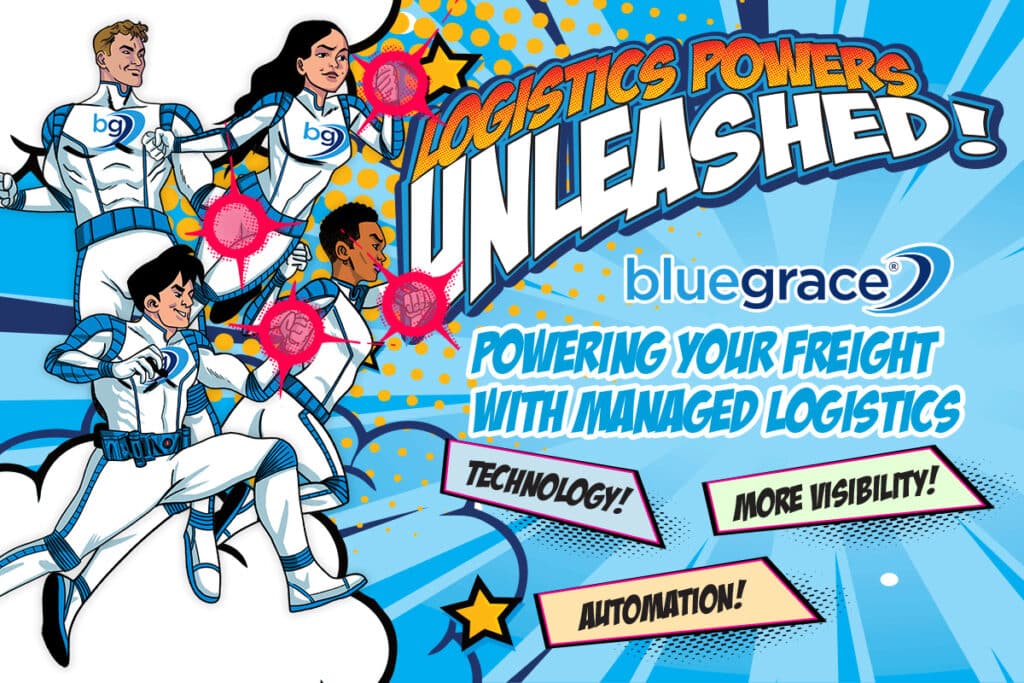Small to midsize shippers tend to range from 5 to 25 shipments a day. The next step up is mid-sized shippers. Typically, midsized shippers consist of a number of smaller shipping operations across smaller businesses and locations. Usually, their freight consists of all less-than-truckload or full truckload with a one-off shipment here and there. They negotiate on a shipment by shipment basis, so a TMS is less about freight spend and more about getting the perfect price each time and squeezing more productivity out of shipments.
Freight plays a prominent role in the reputation of a company. Timely deliveries can make a significant impression. But managers also need to know how freight is moving in order to optimize operations, win customers and overcome some of the limitations of being a mid-sized company.
TMS Adoption Is Low In Mid-Sized Shippers
Some of the TMS in larger companies focus on things like managing a capacity crunch and optimizing their freight for transportation across various modes. Larger companies have a lot to gain from converting LTLs into truckloads and continuous moves. Since the volumes being handled are mostly one mode for mid-sized companies, there are fewer optimization opportunities from older TMS models.
One of the barriers to entry for TMS in this sector is the gap between the clear advantage of using technology to manage shipments and the willingness to do so.
TMS is often seen as impractical by smaller and mid-sized shippers. Many managers feel they get their shipments out just fine with their existing practices. One of the barriers to entry for TMS in this sector is the gap between the clear advantage of using technology to manage shipments and the willingness to do so. Mid-sized companies find it too expensive and difficult to implement. It is overwhelming to their budget and operations. They may lack some of the staff necessary to support running a traditional TMS. When a shipper decides to use a TMS, there is historically a lot of effort to get all of the data over to the TMS in order to simulate the rates that the carrier has loaded. This process can cost thousands of dollars in paid labor. Every year when the rates change, the process needs to be repeated. EDI setup is a part of this issue. Setting up TMS usually involves establishing EDI for dispatching to schedule pick up, handle tracking, etc… It’s a considerable upfront expense in labor, which is then being passed on to the customer and hurting the shipper’s ability to offer competitive rates. This can put TMS out of reach for smaller to mid-sized shippers.
TMS can also be complex and intimidating for mid-sized companies whose employees are used to processing their daily tasks via apps, spreadsheets, and websites.
Innovations In TMS Accessibility
Recent advancements in TMS include the prevalence of Application Programming Interface (API) which are essentially programs that can communicate with databases, retrieving useful information that can be used in other applications. Carriers are gaining functionality from their core systems via APIs that other systems can consume. This innovation allows a TMS to connect directly to the carrier and pull necessary information directly through machine-to-machine communication. This means there are fewer labor hours spent on back-end issues. It significantly lowers the time and labor investments that keep mid-sized shippers from adopting a TMS.
While a TMS is a powerful tool and typically full of various and helpful features, not every company will need the full suite of options in order for it to be beneficial. In fact, too many features can get in the user’s way. Instead, small and mid-sized shippers should look at carefully curated feature sets for their TMS. Modern TMS solutions are both scalable and customizable, so while an off-the-shelf solution is great for a larger company, this provides a better range of options for smaller companies. With a curated feature package, implementing a TMS becomes a less daunting task.
An intuitive interface will streamline operations instead of frustrating the employees of mid-sized shippers.
In addition to having it scaled appropriately for your operations, user experience is another consideration. An intuitive interface will streamline operations instead of frustrating the employees of mid-sized shippers. Transparent pricing, next-day readiness, and a subscription model with no end-user IT effort are all attractive offerings of a modern TMS.
Promising New Options
Multiple transportation management systems are hitting the market presently, specifically geared towards small to mid-sized shippers. In some, invoices are streamlined via integration to QuickBooks. Attractive features allow carriers to split loads and plan legs of transportation as opportunities unfold. Push notifications keep drivers informed. According to MH&L, “The ability for carriers to connect their ELD providers (to TMS) allows for enhanced visibility for predictive ETAs, integration of Hours of Service information for driver scheduling, and improved location tracking. “
In an interview with Fleet Owner, Cody Schmidt, corporate purchasing manager at Plastic Ingenuity, touts his TMS experience. “I’ve seen my team save hours of time and remove many of the manual tasks involved with tendering freight. I’m impressed with how quickly we were able to get set-up within days.” Cody was able to slash time to tender “from three hours to under 15 minutes” by using modern TMS innovations for his mid-sized company.
Mid-sized companies can create seamless integration by choosing a cloud-based TMS platform that connects directly to their current carriers and 3PL support of choice.
The Power of Easy Supply Chain Management
BlueGrace’s proprietary TMS is designed to put the power of easy supply chain management and optimization back in your hands. BlueShip® 4.0 offers cutting-edge tools for strong reliability and quick performance. Our customers are especially impressed with the updated user experience, customer address books and product catalogs that make the entire process of creating new shipments simple and swift.
The BlueGrace core technology platform enables you to proactively identify opportunities to alleviate costs and optimize your supply chain. BlueShip 4.0 gathers pricing and tracking data from 100’s of our carrier partners nationwide. Our updated LTL Volume solution allows users the ability to see real-time capacity and spot rates for their volume shipments. Our customers also receive access to our expert IT department and a full suite of web services and API’s.




